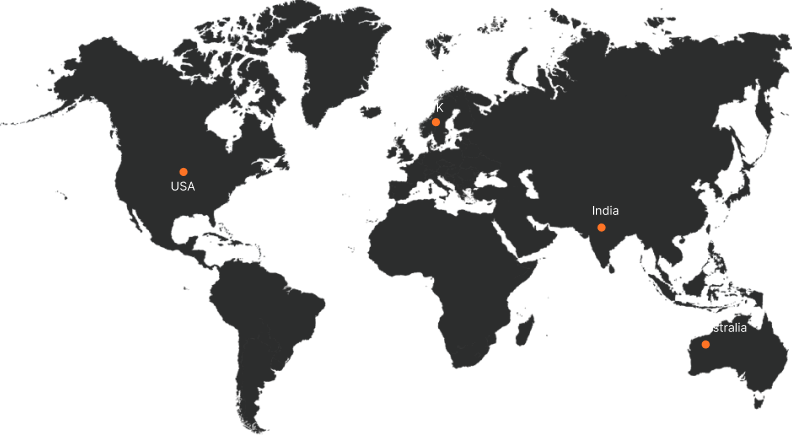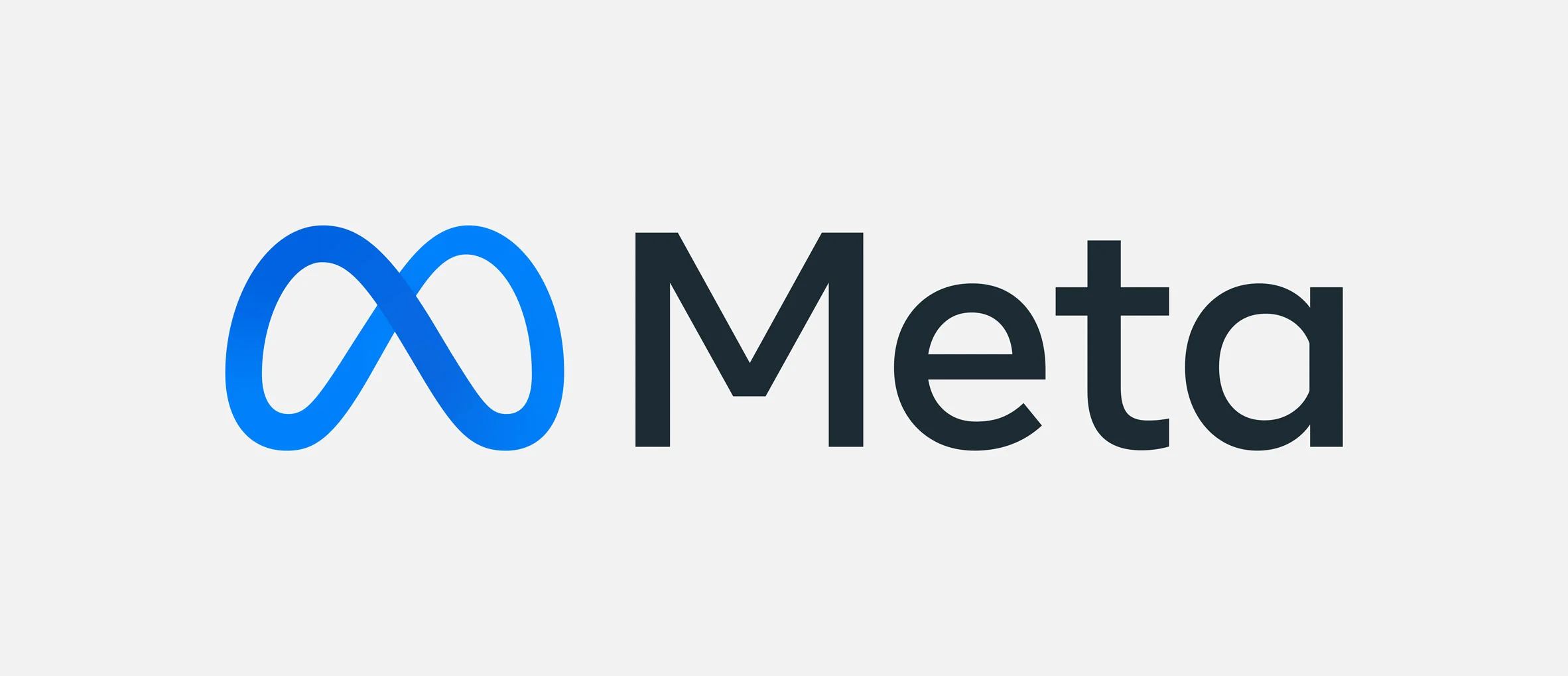How Branding Provides A Competitive Advantage

The brand image generally focuses on creating consumer relationships and achieving success in the marketplace. Customers connect with the company, its products, services, and solutions via a complicated touchpoint network. The latter comprises the client experience, anchored in functional, mental, & emotional connections. All of these impacts, when combined, result in an overall impression of the brand & the organisation behind it.
Essentially, branding teams’ efforts are profitable when a customer strongly prefers a brand. In other words, buyers give the firm a favourable response despite setbacks to ultimately purchasing the company’s products. It all comes down to a great brand impression. On the other hand, a sequence of poor customer experiences is likely to result in an unfavourable brand image.
Powerful branding stirs up your customers’ temptation, value, and loyalty, encouraging them to purchase (or not). You need distinguishing features that generate a significant competitive advantage to dominate the direct and indirect competition. Since you can’t be everything to everyone, developing a brand strategy to help your firm stand out and reach your most important customers is critical.
The following are some brand differentiators that may enable your business to stand out from the crowd:
Size Of The Company
Clear communication about the size of your firm in relation to its expertise might indicate to buyers that your business has a significant effect in its area or industry for a good purpose. Are you the neighbourhood’s most prominent grocery delivery service? Customers want to be informed.
Superiority Of Product/Service
Offering a product or service that establishes the quality standard for your sector is essential to market dominance. Whether you’re developing new packaging or discovering and decreasing client pain points, it’s critical to update your offers to match consumer wants constantly.
Methods Of Distribution
To distribute your items to your clients, you can use various distribution techniques, such as wholesale, direct (Internet or catalogue), retail, dealer, or manufacturing agent. Distribution selections can significantly impact pricing, marketing expenditures, and product margins & profits, so consider what is best for your service or products.
Advantages Of Technology
Most businesses use hardware and software to boost their business efficiency or effectiveness, and they use a website, social media platforms, and paid online marketing to expand their reach. Though the bulk of brand marketing strategies is already leveraging the benefits of technology, there are still ways to stand out, such as developing a content strategy, providing a location to funnel customer feedback, and prioritising quality over quantity.
Market Reactivity
It is essential that you be able to predict what your customers require and to adapt quickly & effectively to changes in customer preferences. Just like production efficiency, speed is essential when it comes to market responsiveness.
Production Effectiveness
Making sure your firm invests in its production, inventory, and distribution helps create opportunities for brand-new business. Serving your customers swiftly is critical, especially in this era of Amazon; therefore, if you know of methods to save money without sacrificing your product or service offers, make those adjustments promptly.
Brand differentiators assist your brand get a competitive advantage by educating you on how to influence a marketplace and freeing up your time to concentrate on your company’s products. Determine the essential brand differentiators your consumers appreciate, then examine where your company thrives and how it compares to the competitors. Branding that is done well cannot be replicated, which is a paramount competitive advantage.











